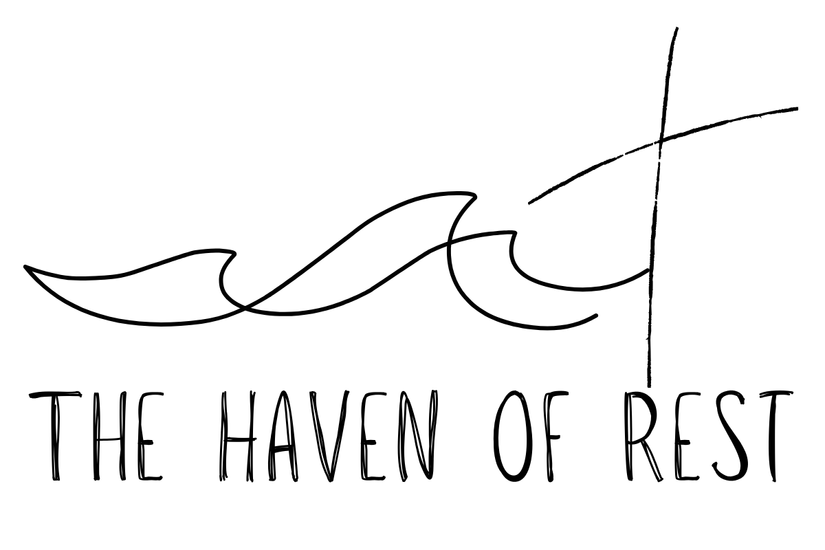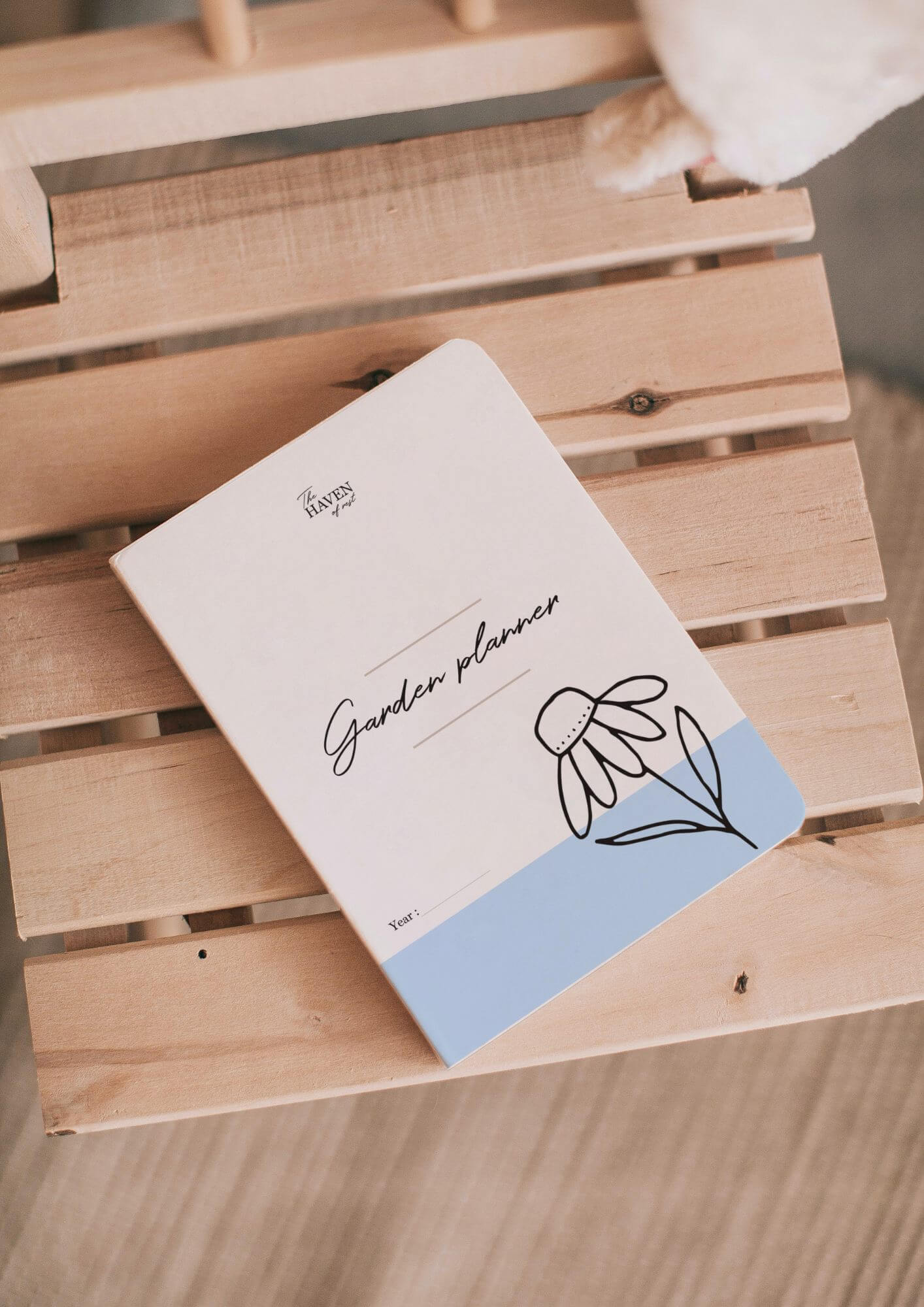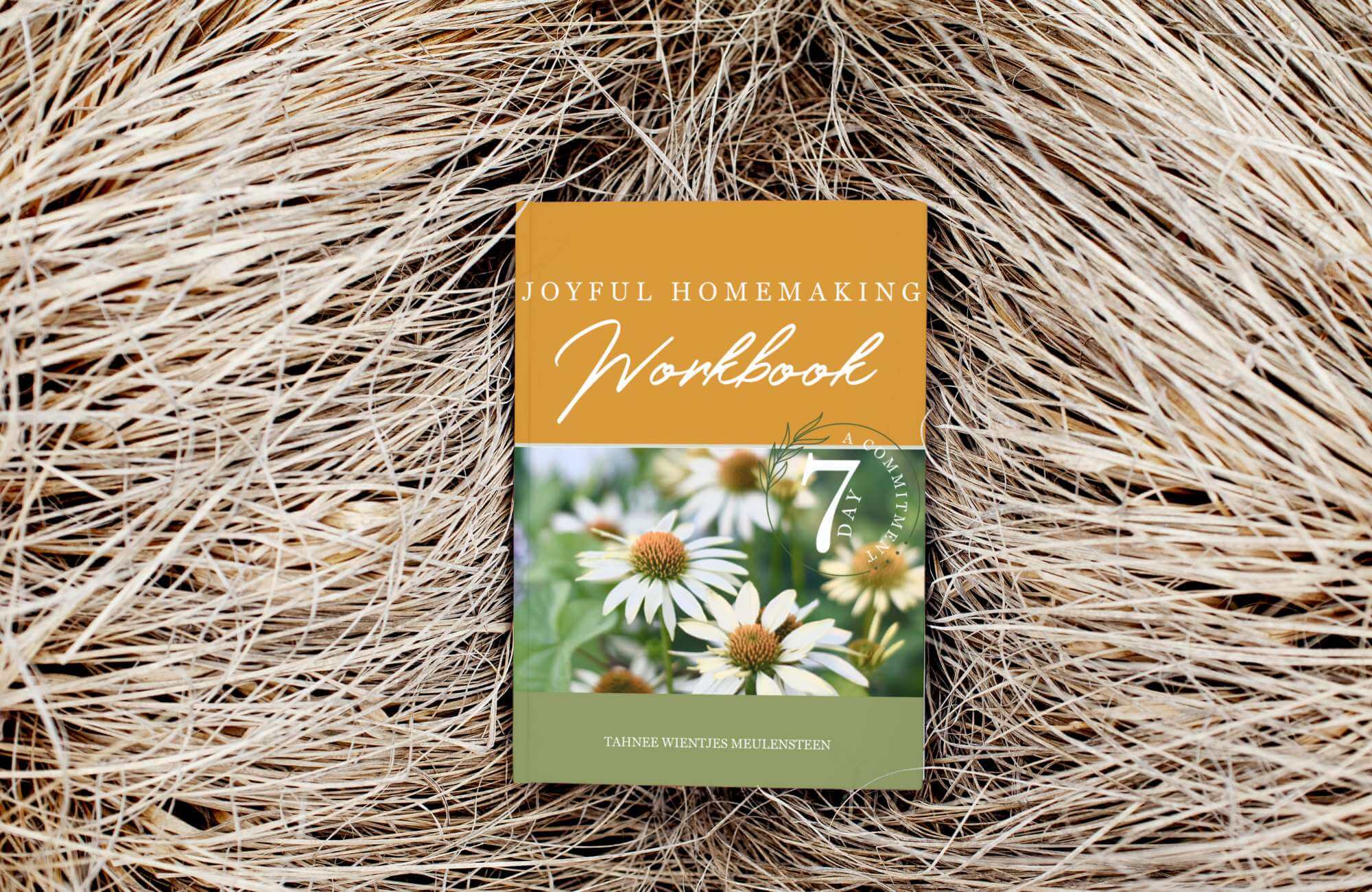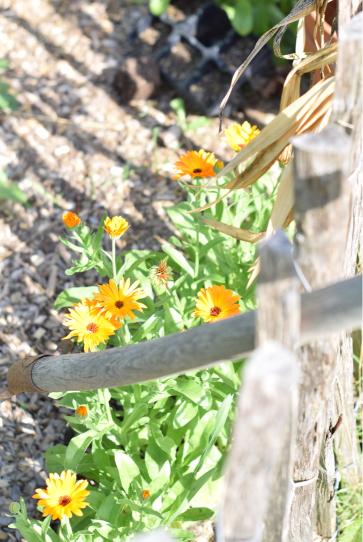
Written by: Tahnee Wientjes
Wildflowers are such a beautiful addition to any garden. They’re colorful, and diverse, support bee populations, attract beneficial insects and some can be used to make a beautiful summer bouquet. I’ll share with you my favorite wildflower garden ideas and how to make your outdoor space even prettier by adding a wildflower patch.
Table of Contents
Creating a wildflower garden
You don’t need a large area to make a complete wildflower meadow, even a smaller planting area in your garden bed will be a beautiful addition to your backyard. If you have the space, you can create a beautiful meadow garden.
Also, for a small garden or balcony, wildflowers are a great choice for adding more bee- and insect-friendly flowers to your outdoor space.
Admittedly, when I think of a wildflower garden, I think of cottage gardens with a winding path leading up to a cozy wooden cottage. But even in smaller gardens, wildflowers can add color and beautiful blooms to your outdoor space.
The great thing about wildflowers is, that they are not very demanding. You can buy wildflower seeds pre-packed in wildflower seed mixes so you don’t need to figure out exactly what to plant where.
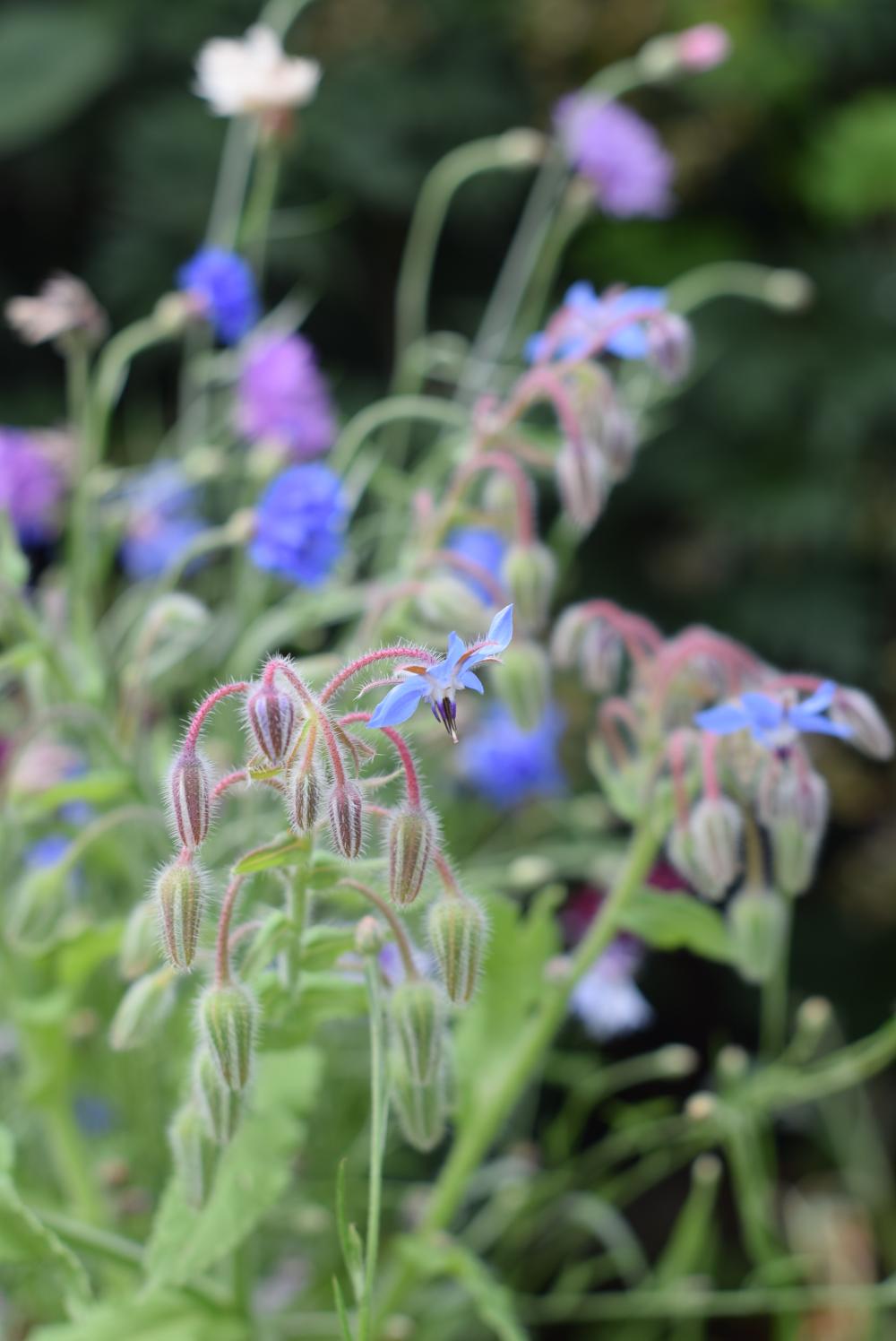
Types of wildflowers
Wildflower seed mixes contain a few different types of annual wildflowers. Depending on the type of flowers they may be self-seeding. This means that the plants will form seeds after bloom and those seeds will fall onto the ground and next year there will be even more flowers to enjoy. Calendula is an example of a self-seeding annual wildflower plant.
Depending on where you live, native wildflowers can also be perennial wildflowers. Annual wildflowers grow for one season. If you want to enjoy your annual wildflowers after the first season, you’ll have to collect the seeds and sow them again, in early spring (depending on the variety of wildflower).
Perennial wildflowers grow, wither, but spring up the next growing season.
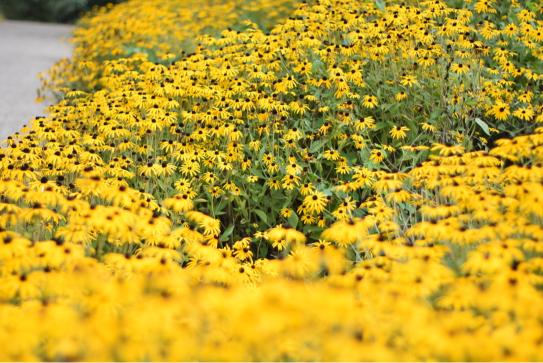

Wildflower seeds
I like organic wildflower seed mixes in our vegetable patch. It’s easy to sow and grow and there are always flowers that thrive. Best of all they attract a variety of insects especially pollinators like bees, bumble bees, and butterflies. But, of course, you can buy separate wildflower seeds and make your own wildflower seed mix.
First, determine which flowers you want to grow. You can use the free Garden Planner for that! Here are a few questions that might help you in coming up with a list of wildflowers for your garden.
- How many square feet do you have available for your wildflower patch?
- Do you prefer a certain color scheme?
- How many hours of direct sunlight does your patch get each hour?
- Do you want to add perennials or only annual wildflowers?
- Do they need to be edible?
- Do you want to attract specific insects?
- Does your wildflower garden need to be especially bee-friendly?
- Do you want a butterfly garden?
Now, make a list of all the seeds you need and make the trip to your local garden center. I will talk a little bit more about how to make a good wildflower garden design further in the blog post.
If you want instant wildflower beauty and the best results in the first year, you can consider buying wildflower plugs or wildflower turf. These mats are somewhat like sod for your lawn. The difference between wildflower and grass turf is, that wildflower turf contains already growing wildflowers, and grass sod only grass.
Ready to take your homemaking to the next level?
Learn what you need to find joy in homemaking.
Dive into one topic each day, for seven days. It covers the basic topics for the modern homemaker to find joy and purpose as you manage your home.
My workbook is available from Amazon. Order now and jumpstart your homemaking journey.
Soil quality
Wildflowers are pretty low maintenance once they’re growing. But, poor soil quality can make a difference in how abundant your wildflower patch will turn out. A little soil preparation will give you the best chance to grow a colorful wildflower garden.
Though you can sow your wildflower seed mix directly in the garden soil, it’s good to make sure the soil is airy and light. A good, light, and airy soil makes it easier for the seeds to germinate. Depending on the soil type, it might need a little care.
Especially clay soil can be improved with a little compost or even sand. If your soil is very sandy, add some compost. The compost is preferably added to the soil in early autumn, the year before sowing your wildflower garden. As for most types of wildflowers, well-drained soil will yield better results.
Wildflower garden bed designs
A good garden plan is important. Especially when it comes to gardening it’s important to keep several things in mind. Let me share some tips for making a wildflower garden design.
Always take into consideration the height and width of the grown plant. This is especially important for perennial plants. An example is the beautiful Purple Coneflower (Echinacea Purpurea), this perennial may double in size in a few growing seasons.
Consider combining annuals with the growth of any woody perennials. This will ensure that your garden patch is never empty. If you sow only annuals, chances are that the wildflower border will be empty by late fall.
On the other hand, if you already have perennial borders in a more mature garden. Annual wildflowers are a great addition. They will add some different colors to the perennial borders and you can vary year by year.
I think native plants are always a good choice since they’re low-maintenance and will likely do well in your garden space.
To make an attractive wildflower meadow (or smaller space) take into consideration the height of the grown plants. Make sure you add height. Plant low-growing wildflowers at the edges of the border or closer to the existing lawn.
There are so many beautiful wildflowers. I can’t possibly name them all, but here are a few suggestions to start with.
LOW: Sweet alyssum, red clover, calendula
MEDIUM HIGH: Purple Coneflower, corn marigolds, black-eyed susan, cornflowers, poppy’s
HIGH: tall native grasses, larkspur, fox gloves
Lastly, a water feature is a great way to attract even more creatures to your garden. Wildflowers will naturally attract bees and beneficial insects, but a water feature will add small mammals like hedgehogs to that list.
Slugs and snails are part of the hedgehog’s diet. Anyone attempting to cultivate their own produce but facing issues with snails and slugs devouring the lettuce before they have a chance will surely appreciate having a couple of hedgehogs around!

Save for later…

